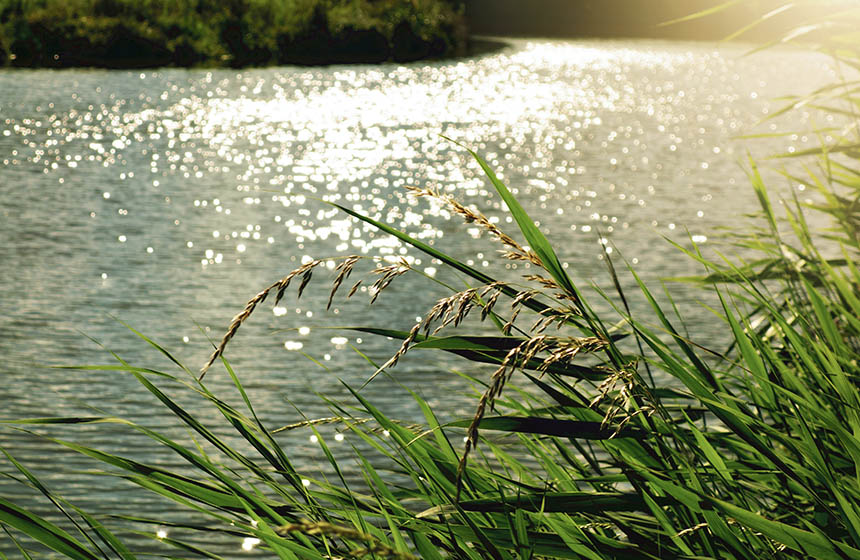Wetland restoration in St. Aidan’s Nature Reserve
A converted opencast coal mine provides a buffer zone for flooding and habitats for diverse species.
Nature-based Intervention:
The Environment Agency, Royal Society for the Protection of Birds, and Leeds City Council have converted a former opencast coal mine into a 400 hectare wetland nature reserve. This 7.5 million cubic metre capacity flood plain reportedly reduces flood risk to local communities while providing habitat for diverse species including lapwing, curlew, and bitterns.
Overview of context and outcomes:
The floodplain-like protection system is preferable to structural barriers as it reduces flooding of communities overall rather than simply displacing flooding to another area. A long-retired dragline, once the largest in the world helping to extract millions of tonnes of coal from the area, now attracts tourists as it has become a large nestbox, home to nesting kestrels, owls, stock doves, and carrion crows.
Case effectiveness on
Climate change
The converted wetland has a water storage capacity of 75 million cubic metres which has been reported to provide flood protection for local communities.
Ecosystem health
Ecological effect: PositiveThe reported increased presence of red-listed species such as lapwing and curlew indicates that biodiversity measures might be improving.
Socioeconomic outcomes
The nature reserve attracts tourists year-round and boasts plenty of recreation activities including twelve kilometres of trails and panoramic viewpoints.
Governance
Governance of the site has been transferred to the RSPB which manages the area as a nature reserve.
Finance
Funding for the project was secured over 10 years and was contributed from UK Coal, Harworth Estates, Leeds City Council and the RSPB.
Monitoring and evaluation
Species monitoring with a focus on birds is conducted by the RSPB on the site.
Trade-offs and limitations
No information yet available on tradeoffs.

Intervention type
- Created habitats
Ecosystem type
- Created wetland
Climate change impacts addressed
- Freshwater flooding
Instigators
- State/district/local government agency
- National conservation/environment organisation
Societal challenges
- Biodiversity conservation
- Climate change adaptation
- Disaster risk reduction
Outcomes
- Food security: Not reported
- Water security: Not reported
- Health: Not reported
- Local economics: Not reported
- Livelihoods/goods/basic needs: Not reported
- Energy security: Not reported
- Disaster risk reduction: Positive
- Rights/empowerment/equality: Not reported
- Conflict and security: Not reported
- No. developmental outcomes reported: 2
Resources
Read resource 1Read resource 2
Literature info
- Grey literature


